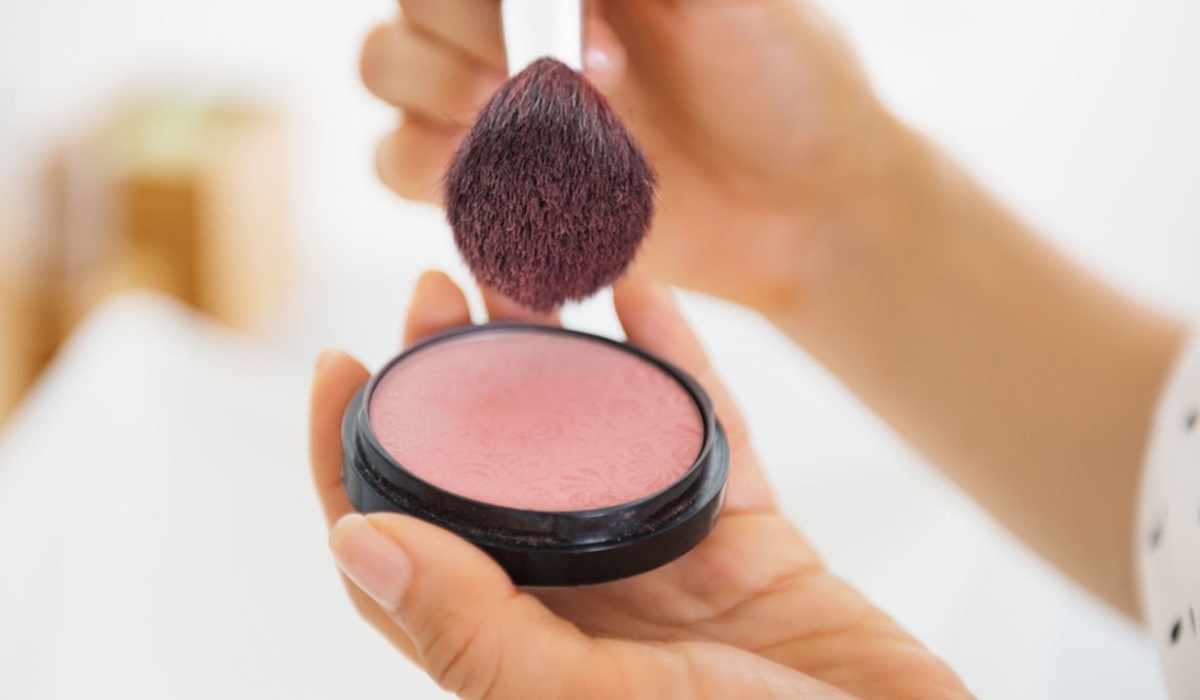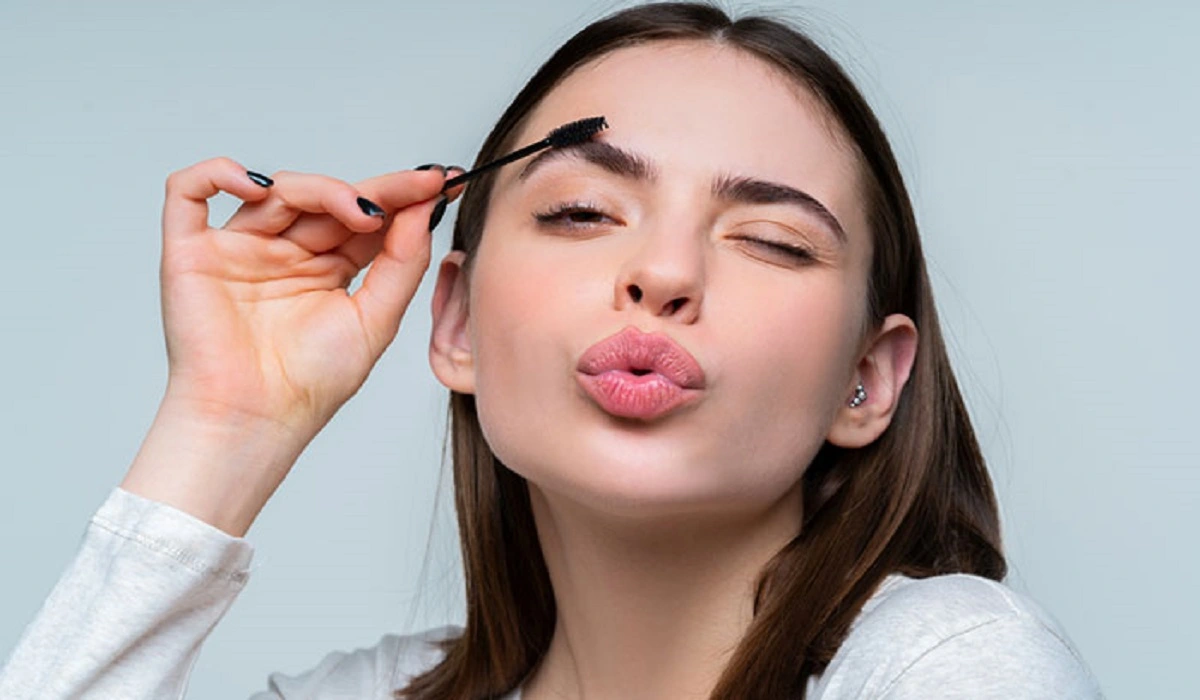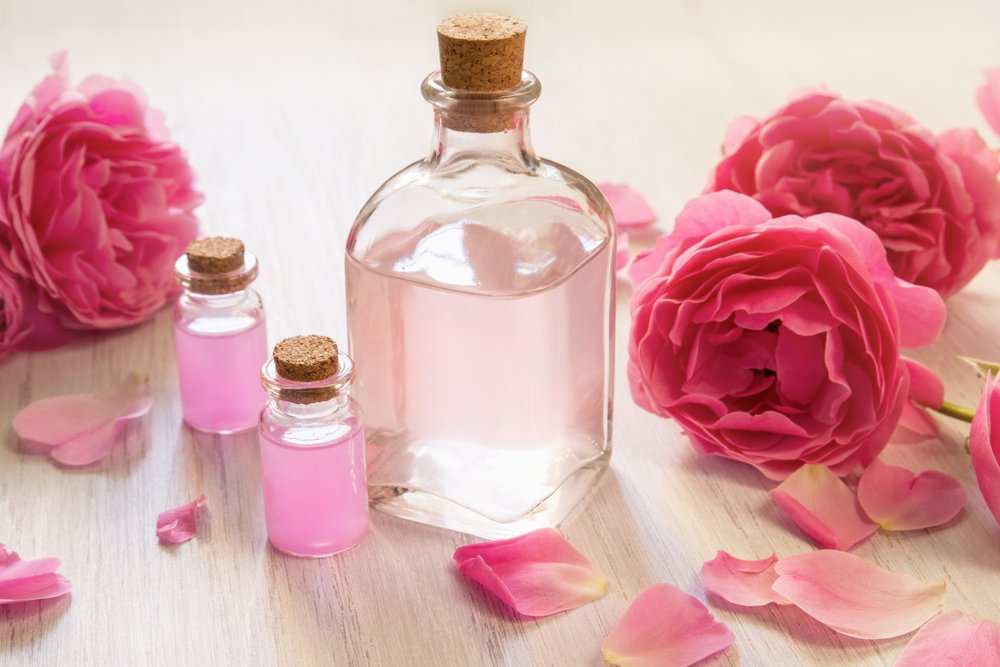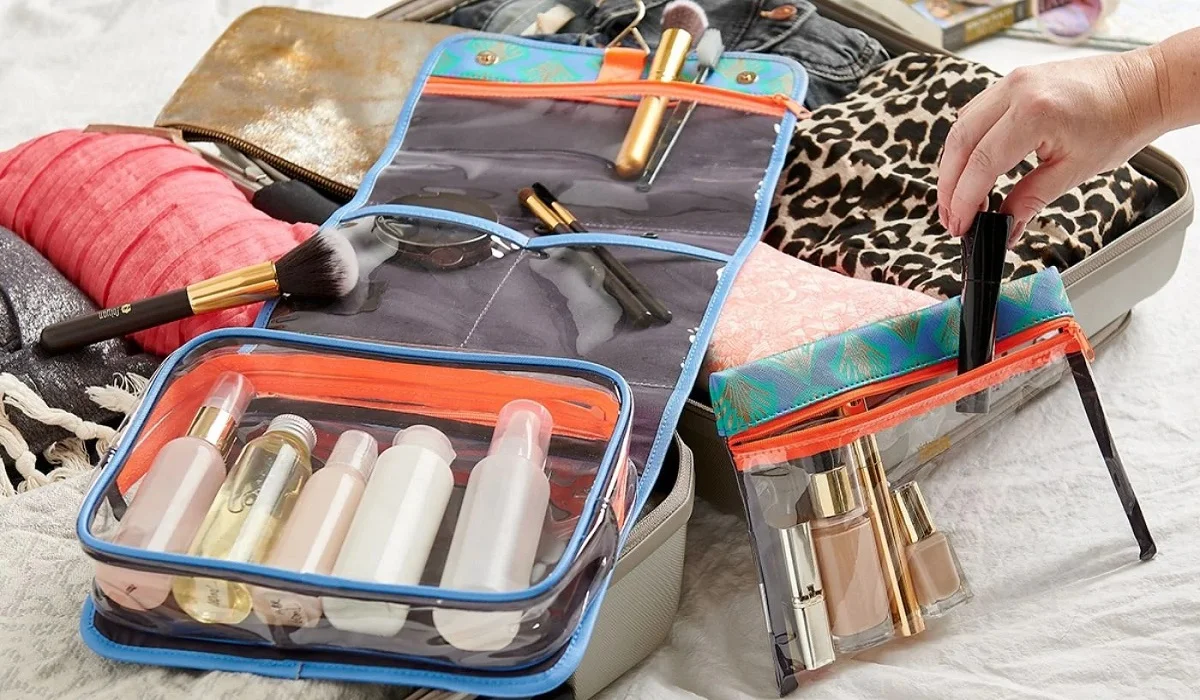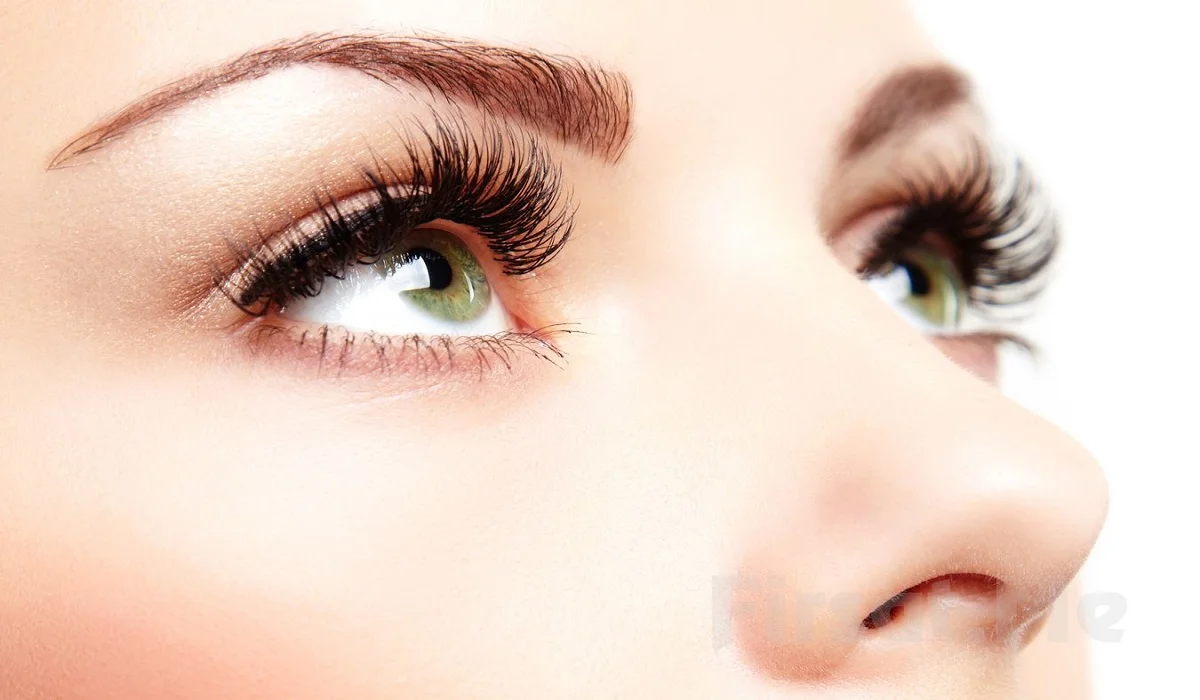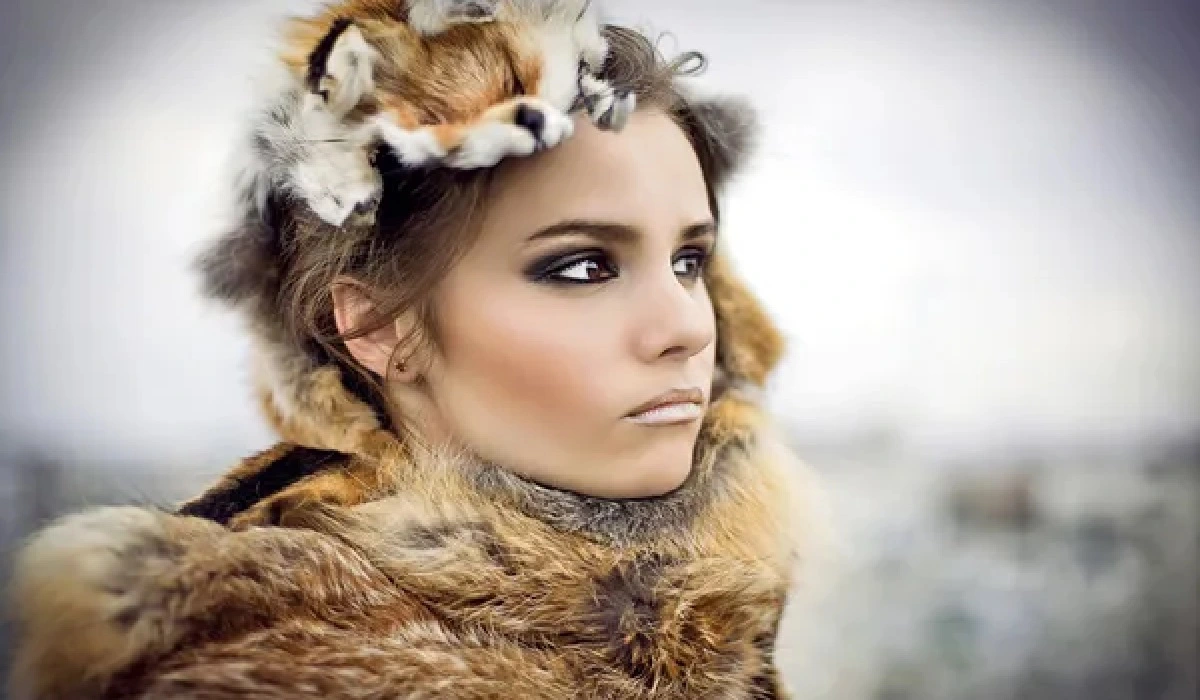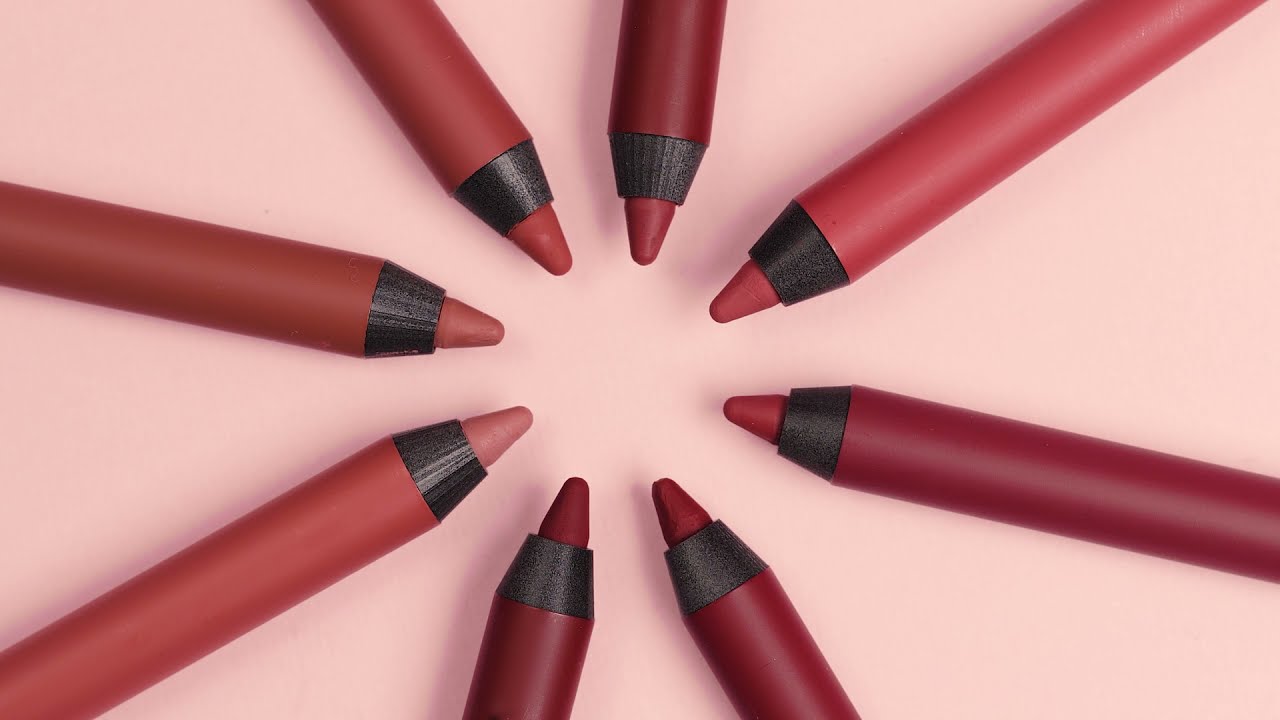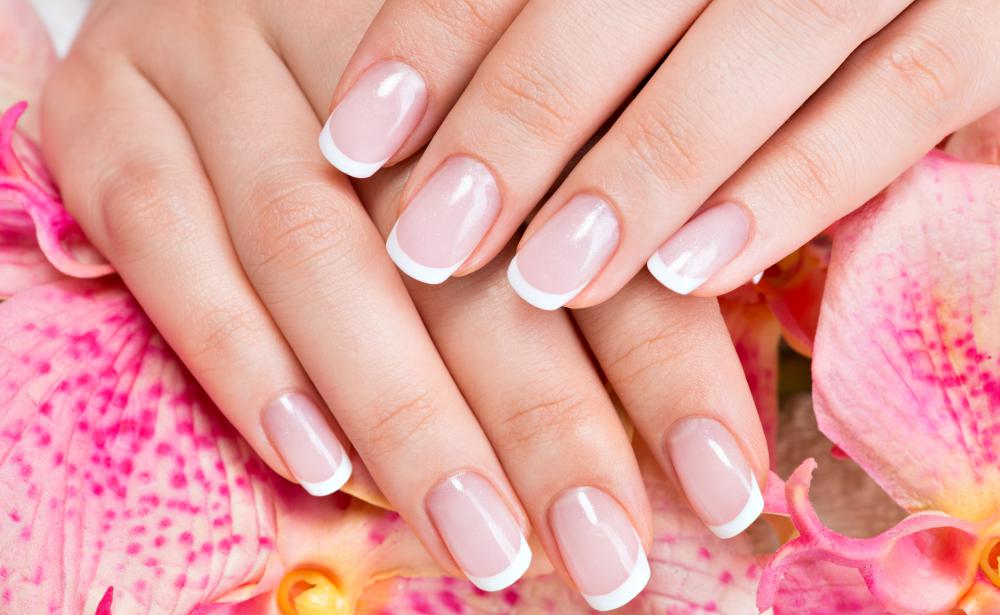
The beauty industry is constantly evolving, and new trends are emerging every day. One of the latest trends to take the world of nails by storm is the American Manicure. While it may sound similar to the French Manicure, there are some key differences that set the two apart.
In this article, we will delve into what an American Manicure is, the key differences between it and a French Manicure, and how you can achieve the perfect American Manicure look.
What is an American Manicure?
An American Manicure is a type of nail treatment that involves shaping and polishing the nails in a way that appears natural and understated. The aim of this type of manicure is to create a clean, well-groomed appearance that looks polished and professional. American Manicures have become increasingly popular in recent years, thanks to their simplicity and versatility.
The Key Differences Between American and French Manicures:
While the two styles may sound similar, there are some key differences between American and French Manicures that set them apart. One of the main differences is the shape of the nail tip. French Manicures typically have a more pronounced tip that is squared off, while American Manicures have a slightly rounded tip that is more natural-looking.
Another difference is the color of the polish used for the tip of the nail. In a French Manicure, the tip is usually painted with a stark white polish, while an American Manicure uses a more subtle shade that closely matches the color of the nail bed.
Finally, the thickness of the line used to separate the tip of the nail from the rest of the nail bed is typically thinner in an American Manicure than in a French Manicure. This gives the American Manicure a more natural, blended look.
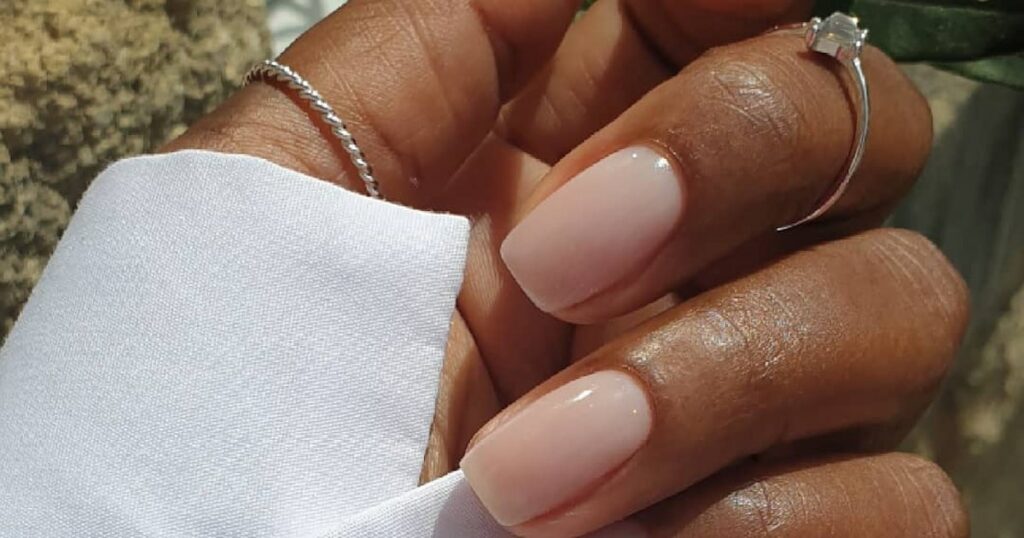
How to Achieve the Perfect American Manicure:
If you’re interested in achieving the perfect American Manicure, the good news is that it’s relatively easy to do at home. Here are the steps you’ll need to follow:
Step 1: Start by cleaning and shaping your nails. Use a nail file to shape them into a slightly rounded tip and gently buff them to create a smooth surface.
Step 2: Apply a base coat to your nails to protect them and ensure the polish goes on smoothly.
Step 3: Choose a polish color that closely matches the color of your nail bed. Apply two coats of polish, allowing each coat to dry fully before applying the next.
Step 4: Once the polish is dry, use a slightly lighter shade of polish to paint the tips of your nails. You can use a special nail stencil or a steady hand to create a rounded tip.
Step 5: Finally, apply a top coat to protect the polish and give your nails a glossy finish.
The American Manicure is a popular nail trend that is perfect for those who want a natural and understated look. While it may share some similarities with the French Manicure, there are some key differences that set the two apart. With a little bit of practice, it’s easy to achieve the perfect American Manicure at home, giving your nails a polished and professional appearance that is sure to turn heads.
American Manicure Variations:
While the classic American Manicure involves a nude or natural base color with a soft white tip, there are many variations that you can try. You can use different colors for the tip or even add glitter or other embellishments to create a more unique look. Some people also prefer a slightly longer, more tapered nail shape for their American Manicure.
American Manicure vs. Gel Manicure:
Gel manicures have become very popular in recent years, but how do they compare to American Manicures? The main difference between the two is the longevity of the polish. Gel manicures typically last for 2-3 weeks, while American Manicures may start to chip or fade after a week or so. However, American Manicures are easier to remove at home and don’t require a UV lamp like gel manicures do.
Maintaining Your American Manicure:
To keep your American Manicure looking its best, there are a few tips you should keep in mind. Firstly, it’s important to apply a top coat every few days to prevent chipping and maintain the glossy finish. You should also avoid using your nails as tools and wear gloves when doing household chores or other activities that could damage your nails.
The American Manicure is a versatile and understated nail trend that is perfect for those who want a polished and professional look. With a little bit of practice and the right tools, it’s easy to achieve the perfect American Manicure at home. Whether you prefer a classic nude and white color combination or want to experiment with different colors and designs, there’s no limit to the ways you can customize this popular nail trend.


